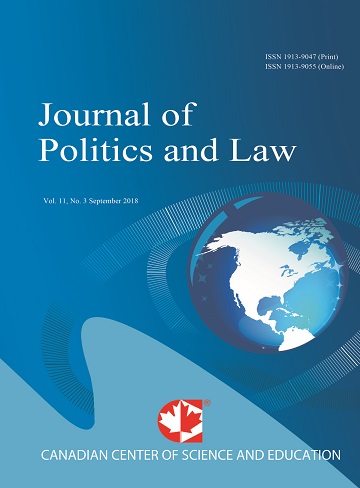Declaration of War – Between a Ceremony and a Strategy: The Case of Israel and Hamas in the Gaza Strip
- Ilana Kwartin
- Kobi Michael
Abstract
Following the end of World War II, conflicts worldwide have changed greatly. “War,” according to the classical definition, occurs with less and less frequency. Countries avoid involvement in formal warfare or categorizing conflicts with other entities as war.
The field of Conflict Resolution developed after World War II seeking the reasons for the outbreak of conflicts and clarifying new ways to settle them. More recently, a new approach called Conflict Transformation suggests converting the relationship between parties as the way to settle a conflict.
Israel is a party to many interlocking conflicts, one of which is the protracted and intractable conflict with Hamas in Gaza. This conflict is an extension of Israel’s ethno-social conflict with the Palestinian people. The prominence of the conflict’s violent dimension brings society to exhaustion and to develop a psychological infrastructure preserving and empowering the conflict’s vitality.
In an era in which war was an acceptable means to solve disputes between countries, the 1907 Hague Convention obligated nations to declare war preceding the opening of hostilities. Israeli law governs declarations of war, but policy makers prefer to conduct large-scale military operations without a formal declaration. However, it is wider than a narrow legal act and is considered by Austin (1963) a "Speech Act," as well as a "ceremony" (Turner, 2004). Because a declaration of war contains a credible threat regarding the ability to “hurt” the other party, it serves as leverage to establish the necessary conditions between parties to reach a lasting peace. Although the idea of a declaration of war seems to conflict with the logic of Conflict Resolution, in actuality, applying the paradoxical principal of strategy—action against linear intuition—has the potential to settle the conflict through its transformative power.
Through those various paradigms of declaration of war, we conceptualize mollifiers and fomenters for the possibility to declare war in order to transform the conflict towards its resolution.
- Full Text:
 PDF
PDF
- DOI:10.5539/jpl.v6n3p198
Journal Metrics
h-index (2017): 14
i10-index (2017): 39
h5-index (2017): 9
h5-median (2017): 11
Index
- Academic Journals Database
- ACNP
- ANVUR (Italian National Agency for the Evaluation of Universities and Research Institutes)
- Berkeley Library
- CNKI Scholar
- COPAC
- CrossRef
- DTU Library
- EBSCOhost
- Elektronische Zeitschriftenbibliothek (EZB)
- EuroPub Database
- Excellence in Research for Australia (ERA)
- Genamics JournalSeek
- GETIT@YALE (Yale University Library)
- Ghent University Library
- Google Scholar
- Harvard Library
- HeinOnline
- INDEX ISLAMICUS
- Infotrieve
- Jisc Library Hub Discover
- JournalGuide
- JournalTOCs
- LOCKSS
- MIAR
- Mir@bel
- NewJour
- Norwegian Centre for Research Data (NSD)
- Open J-Gate
- PKP Open Archives Harvester
- Publons
- Pubmed journal list
- RePEc
- ROAD
- Scilit
- SHERPA/RoMEO
- Standard Periodical Directory
- Stanford Libraries
- UCR Library
- Ulrich's
- UniCat
- Universe Digital Library
- UoS Library
- WorldCat
- Zeitschriften Daten Bank (ZDB)
Contact
- William TaiEditorial Assistant
- jpl@ccsenet.org
